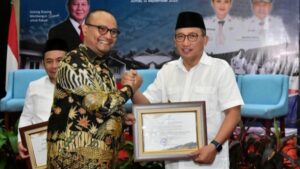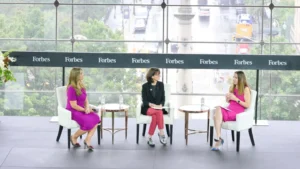New Delhi, India – Across decades of remarkable transformation, India has remained deeply committed to celebrating those whose work has left a profound impact on society. Through its highest civilian honours, the nation not only acknowledges exceptional service and dedication but also immortalises the legacies of individuals and organisations that have shaped the country’s progress and global standing.
At the very top stands the Bharat Ratna, instituted in 1954, which represents the pinnacle of civilian recognition. This honour is bestowed upon individuals whose contributions span the highest order in fields ranging from art and science to social service and public life. Awarded sparingly and with great reverence, it embodies the essence of service that transcends generations and boundaries. Recipients are presented with a peepal-leaf-shaped medallion and a citation signed by the President of India, symbolising national gratitude for their unparalleled influence.
Following closely is the Padma Vibhushan, the second-highest civilian award. Also established in 1954, it recognises “exceptional and distinguished service” in areas as diverse as education, literature, politics, and industry. Presented annually during the Republic Day celebrations, this award honours individuals whose work has elevated India’s image both domestically and globally, underscoring the profound ripple effects of their achievements.
The Padma Bhushan, the third-highest award, continues this legacy by celebrating “distinguished service of a high order.” Its recipients often come from diverse fields — from medicine and education to sports and arts — reflecting the multifaceted nature of India’s growth. Each award ceremony, often held at Rashtrapati Bhavan, serves as a reminder of the power of individual effort to inspire national pride and collective aspiration.
Completing the trio of Padma awards is the Padma Shri, the fourth-highest civilian honour. What sets this recognition apart is its inclusivity. It celebrates not only nationally renowned figures but also grassroots changemakers — educators, activists, artists, and innovators — whose work transforms communities and strengthens the social fabric of the nation. The widespread conferral of Padma Shri awards each year reflects India’s enduring commitment to recognising meaningful contributions at every level.
Rounding out the list is the Gandhi Peace Prize, instituted in 1995 to commemorate the 125th birth anniversary of Mahatma Gandhi. Unlike the Padma awards, this honour frequently transcends national borders, highlighting individuals and organisations worldwide that champion peace, non-violence, and sustainable development. Past laureates — including Nelson Mandela, the Grameen Bank, and ISRO — embody the timeless relevance of Gandhi’s ideals in today’s global landscape.
Together, these five awards form a powerful narrative of recognition — one that celebrates human achievement in all its forms. They remind us that greatness is not confined to a single discipline but emerges wherever dedication, compassion, and vision intersect. As India continues to evolve, these honours remain enduring symbols of its gratitude and belief in the transformative potential of human endeavour.











